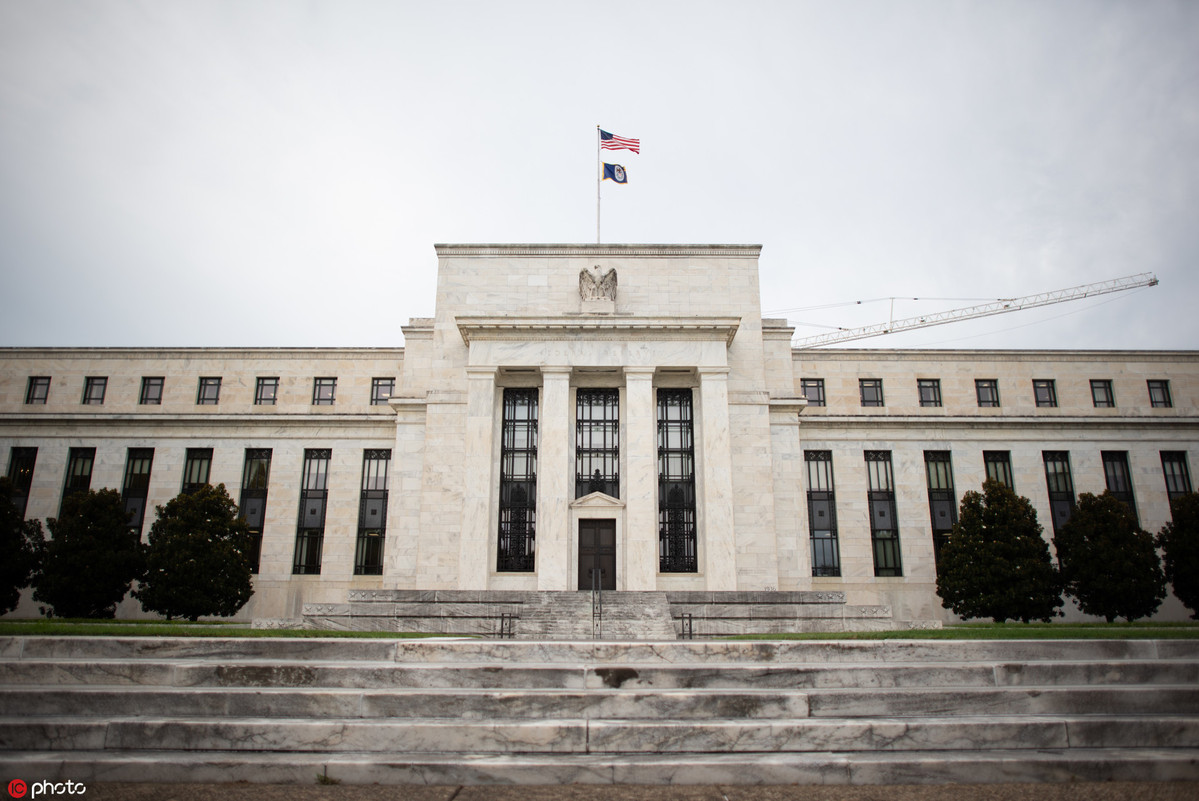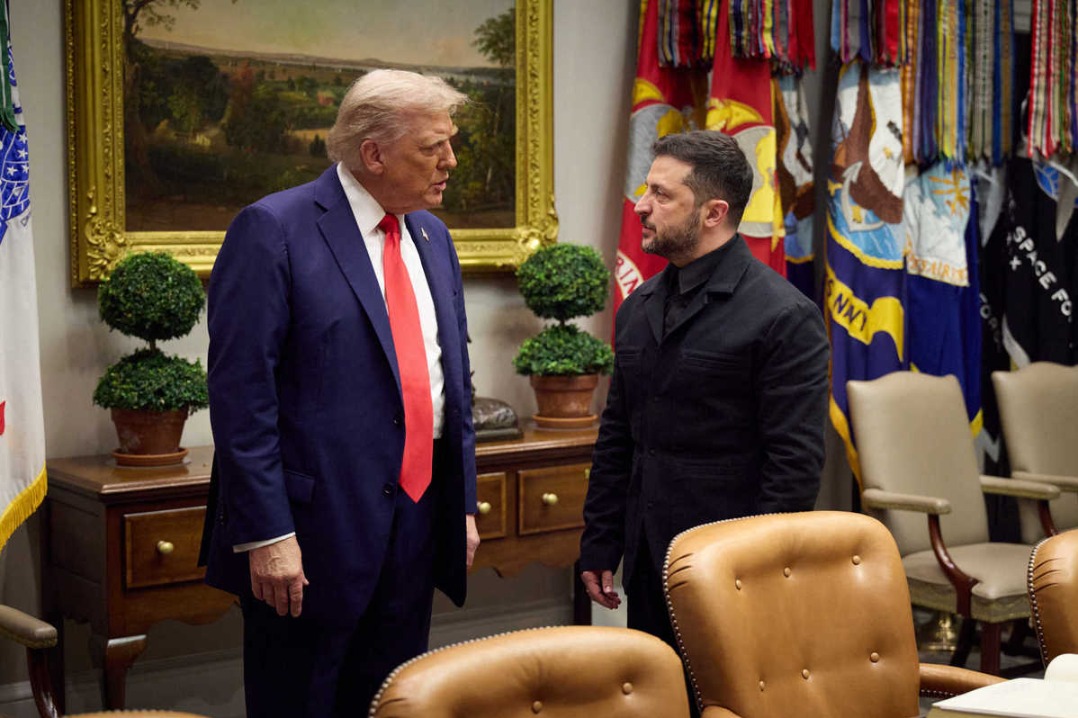Trump wants Fed to cut interest rates to zero


US President Trump called for "boneheads" at the Federal Reserve to cut interest rates to "ZERO or less", an unprecedented move that analysts said would disrupt markets and leave the nation's central bank with no means to counter a future economic downturn.
"We should then start to refinance our debt," Trump tweeted Wednesday. "INTEREST COST COULD BE BROUGHT WAY DOWN, while at the same time substantially lengthening the term…The USA should always be paying the lowest rate. No Inflation! It is only the naivete of Jay Powell and the Federal Reserve that doesn't allow us to do what other countries are already doing. A once in a lifetime opportunity that we are missing because of 'Boneheads.'"
The Federal Open Market Committee (FOMC) cut interest rates by a quarter-point in July — the first time the central bank had lowered rates since 2008 — and many analysts believe officials will cut another quarter-point at the Fed's Sept 17-18 meeting. The current benchmark rate is 2-2.25 percent.
"Fed Chairman Powell is trying to give the president what he wants," Kamal Khan, chief US editor of Investing.com in New York, told China Daily. "But Trump keeps upping the ante. There's no way the Fed is going to negative rates unless Trump manages to replace every FOMC member with loyalists.
"He's searching for an economic win given China negotiations aren't going anywhere. It would seem more cuts would boost the stock market, but Wall Street has also put a lot of belief in an independent Fed. Without a trade agreement, it's likely growth will continue to contract into next year," Khan said.
Trump's comments mark a ratcheting up in his criticism of the Federal Reserve and its chairman, Jerome Powell, named to the post by the president in 2017.
The Fed is an independent agency charged with keeping the economy strong and inflation low. Its actions are not subject to presidential approval. Some fear Trump's comments may undercut the Fed's independence.
Previously, Trump called for as much as a full-point cut to boost the economy, but has never previously said interest rates should be slashed to zero or below.
The European Central Bank and the Bank of Japan have negative interest rates to increase demand for loans and boost sluggish economies. Negative interest rates encourage people to spend, but punish savers for their thrift. As a result, many overseas investors seek returns in US bonds, driving prices up and yields down.
In the past, the Federal Reserve has kept rates between 2 percent and 5 percent to maintain a strong economy. In this range, the US gross domestic product generally grows 2-3 percent a year while employment is strong and inflation is low.
In the current economy, unemployment is close to record lows, consumer confidence remains strong and inflation is low, but growth is slowing as the world economy stagnates, and the stock market reflects the jitters created by the US-China trade dispute.
US debt now totals $22.5 trillion, including $16.7 trillion held by investors. There is no precedent for the US to refinance its debt.
"It's not viable and could be a significant problem for investors, financial markets and ultimately the economy, Mark Zandi, chief economist at Moody's Analytics in New York, told CNBC. "The debt is not pre-payable. There's a contractual relationship the Treasury has with investors. This isn't a mortgage, this is US Treasury debt. I think it would be incredibly disruptive to financial markets, and interest rates would ultimately rise, not fall. If (interest rates) go down to zero and we actually experienced a recession, then what?"
In December 2008, as the economy sank, the Fed cut rates to 0.25 percent, the 10th cut is just over a year, and didn't begin raising rates until December 2015. Prior to 2008, the lowest fed funds rate was 1 percent in 2003, to combat the recession that began in 2001.
































